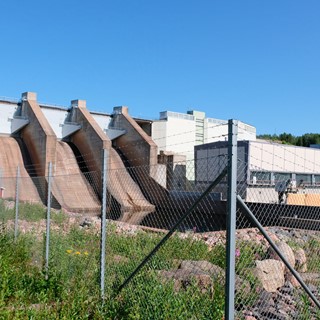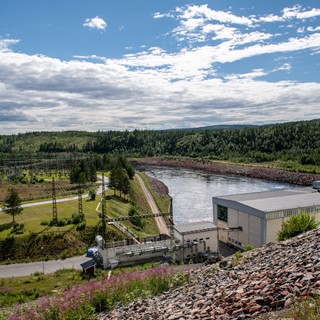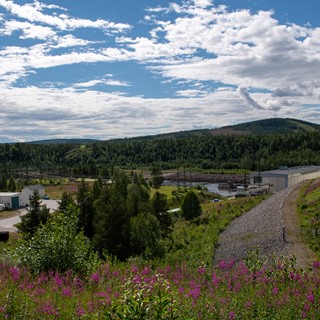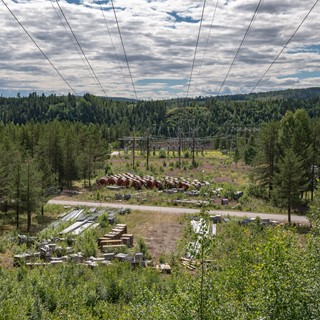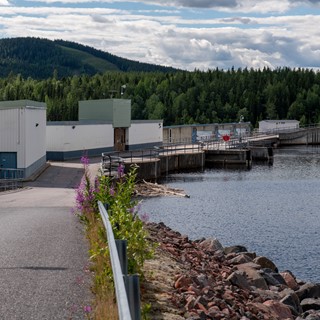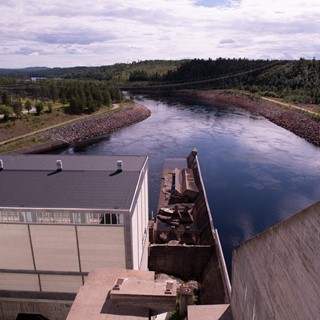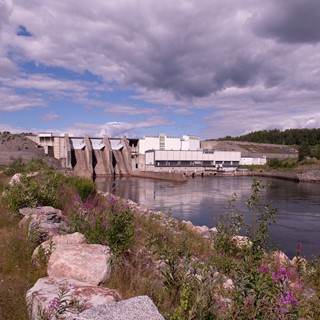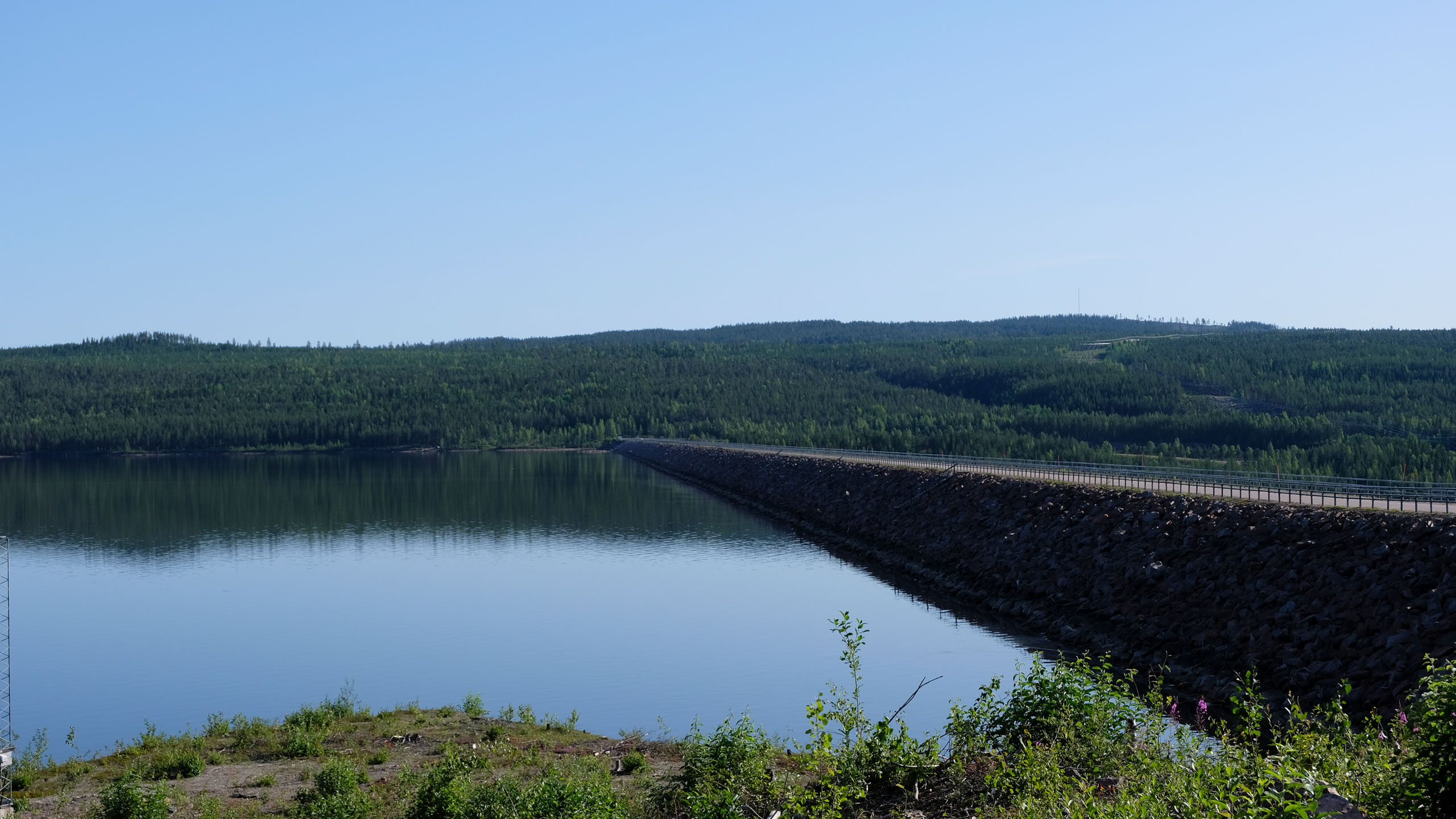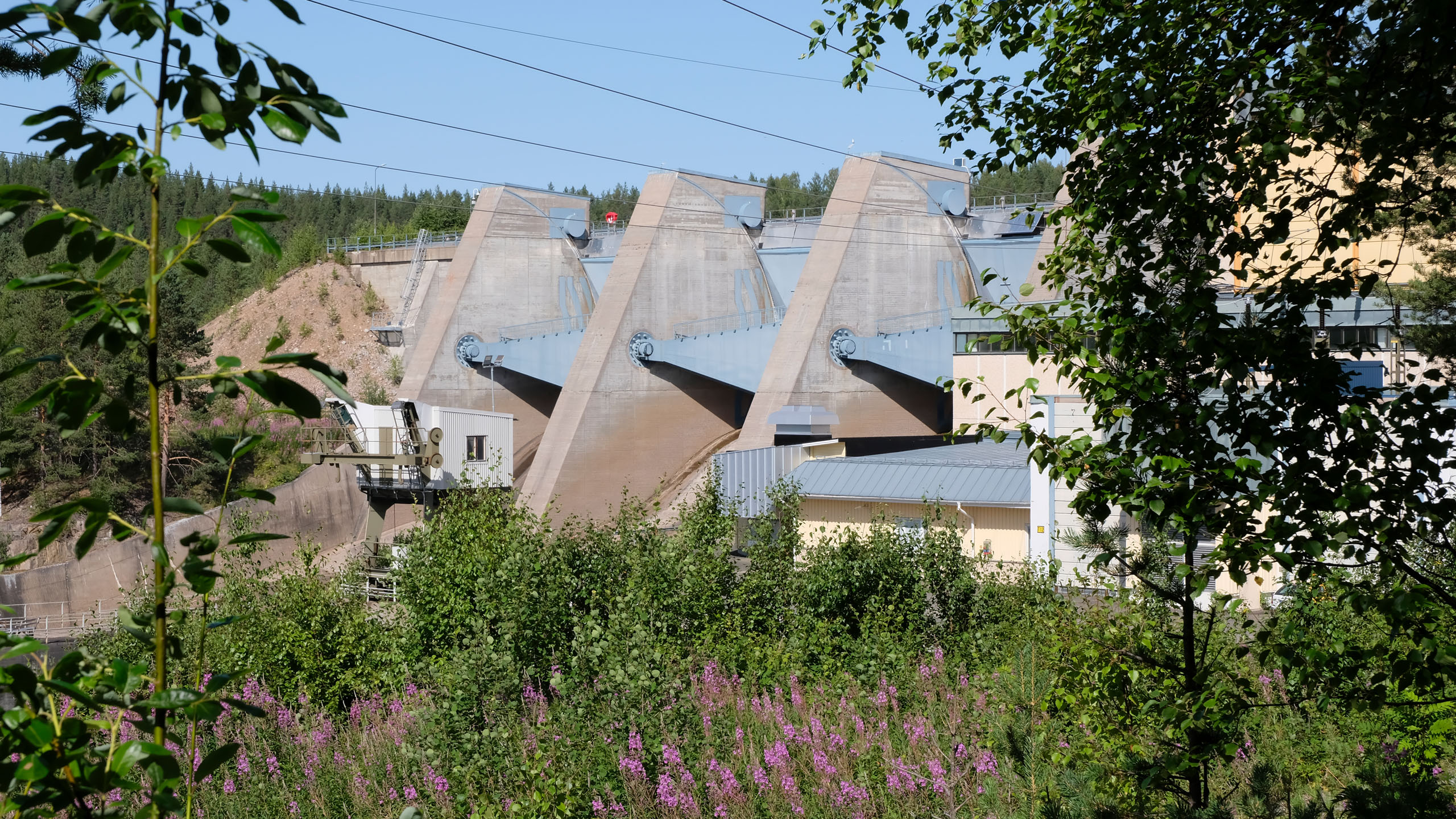History
In April of 1956, Vattenfall submitted an application to exploit the River Porsiforsen in the Lule Älv. The establishment of Porsi’s power plant would be the first step towards extensive exploitation of the Lesser Lule Älv. The year thereafter, preparations for construction began, before the application had been approved, which led to an unpleasant wake-up call in December of the same year. The application was denied because fishing would be too harshly affected. The court found that the Lule Älv had been the country’s foremost salmon river since 1920. The court’s decision was based on human recreation reasons. The beauty of the River Porsiforsen was a great asset to the area, and it was thought that the power plant would lead to such permanent changes to nature that conditions for local residents would worsen.
The decision was appealed, and two years later, in 1958, the Water Court found that the construction of Porsi’s power plant was allowed. The power plant was built above ground, unlike many other plants along the Lule Älv. The delayed construction start led to increased work; staff numbers were increased, and time-saving measures were taken. For instance, all concrete work was done in three shifts, even on weekends. To avoid cracks in the concrete, the temperature needed to be kept low, so the workers added ice to the mixture; 70 kilos of ice per cubic metre of concrete.
The power station was equipped with two Kaplan turbines of 152 MW, which was a record for the power stations of the Lule Älv at the time. In addition, a 130-metre long flume was added, so timber could be transported on the river. Once construction was complete in 1962, three artists were invited to propose statues for the power plant. The result was Ebba Hedquist’s ‘River Journey’, which was placed on a concrete arm downstream from the station, and Runo Lette’s ‘Troll Drum’ which was placed outside the new – at the time – operations office in Vuollerim. In the 1980s, the power plant was extended with a further power generation unit of 95 MW, and the tailrace canal was widened, which increased production capacity.
Vuollerim was to be Vattenfall’s head office for the power plants along the Lule Älv. A facilities office was built, therefore, with many technical functions. Unlike other construction villages, Vuollerim came to comprise a large share of office staff. For recruitment, therefore, a larger number of family homes than in previous construction villages was needed. In time, the village came to comprise 88 provisional and 44 permanent apartments. All provisional houses were built using assembly-ready materials, most as narrow apartment buildings, while the permanent houses were built using technology that was modern for the time. Other workers were given the opportunity to build ‘Egnahem’ homes, and as compensation for building their own homes, they received a couple of weeks off work from Vattenfall. The houses were heated by electricity, and had modern equipment.
Images
All pictures below are part of the power plant's history. All images are copyrighted. You may use the images for personal use but the images may not be used in commercial contexts or printed matter without our permission. Click on the pictures to enlarge them.
Stories
Here you can read other people's stories about the power plant. And if you have your own story, please share it. Whether you want it to be published on the site or not, we are interested in all stories.
Do you have a story about the powerplant or life around the river?
Send us your story
